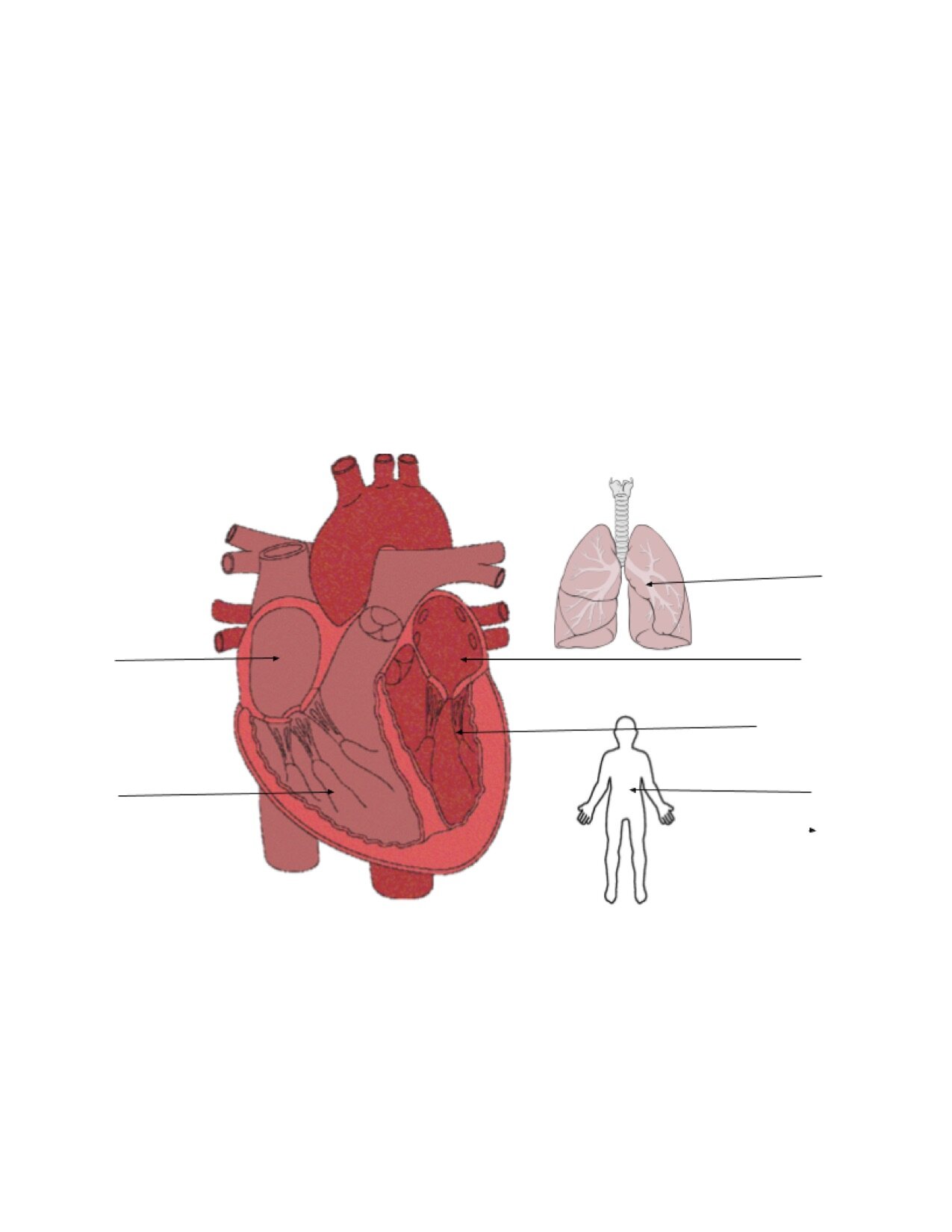Last week’s blog post was one of my most popular to date. Thousands of views, tons of downloads; I feel humbled. I knew that kickball was a fan favorite, so I had to utilize its popularity to teach as well. By making the base path integrate with the pathway of blood through the heart, I knew I had really fun kickball variation. While it was obvious to me that the game would indeed be very fun, I still had questions about it. Would it be too fun that the students would ignore the integrated aspect? Could the game effectively teach the students how blood travels through the heart, and not just be a cool game of kickball? Let’s dive into the results.
Testing the effectiveness of the lesson was kind of a last moment decision. I am currently doing other research on the effectiveness of teaching the scientific method in PE. I am using human body experiments, which have experiments on reaction, performance, heart rate, etc. For my research, I made sure I had a pre-test, a control group, as well as two different test groups. I am going to have a post-test at the end of the trial, which I will be able to analyze with the pre-test to see the effectiveness of PE integration. I will also administer a survey to the students and the teachers afterwards to get subjective opinions as well.
This type of thorough analysis is not what I am presenting today with the cardio kickball game. This was more of a spur of the moment decision, so I will be much more prepared for future research. However, the data that I collected is still valuable, and very interesting, so I wanted to share it with you (especially if you have or are planning on using the cardio kickball game).
I administered a diagram to two pods in my upper elementary that I assist with on a daily basis to see what they remembered about the pathway of blood to the heart one week after playing the game. I wanted to see what the students would remember over a longer period of time than just basic recall. I surveyed 22 students by giving them a chart that had a picture of the heart, the lungs, and the body, with lines pointing to different points. I asked the students to put numbers that showed the order of how blood would flow through the heart and lungs. Because I administered the little quiz, I would bet many students thought to remember the base path of the cardio kickball game because I am also their PE teacher. When I repeat the experiment, I would have a neutral adult administer the quiz. Here is what their quiz looked like:
Path of blood through the circulatory system
Please place numbers 1-6 by the arrows to tell me the order of how blood flows through the heart, lungs, and body.
One reason I did not survey all of my upper elementary students was that I did not know if they received lessons or instruction about the path of blood through the heart in class. I wanted to see the efficacy of the lesson only, and not have classroom instruction influence the results. I knew for sure that the 22 students that I surveyed had no classroom instruction on the anatomy of the heart, as well as the flow of blood. The only exposure they had to the terminology and concepts came from this PE lesson. Here are the results!
As you can see, nearly 60% of the students were able to label the above survey perfectly. About 27% of the students made one mismatch error; the most common error being the right atrium and ventricle were flip-flopped. However, that’s not too bad in my opinion. It is safe to say that around 87% of the students have a much better understanding of the pathway of blood through the heart and lungs.
Extended research would be seeing if the students could also label the parts of the heart as well.
Overall, one integrated PE game was very successful at teaching a concept to the students, not just reinforcement. This makes me think that there are lots of the students actively learning classroom concepts in PE. I know that more exposure to concepts improve comprehension and mastery, but this little experiment demonstrates that students are learning concepts in PE, which can be reinforced in the classroom as well. I believe this makes an even stronger case for physical education instruction to integrate with classroom concepts.
What do you think?



